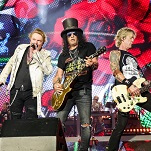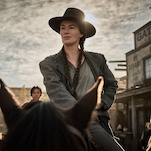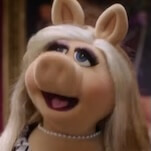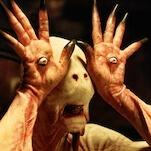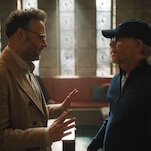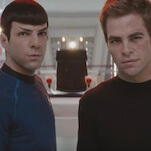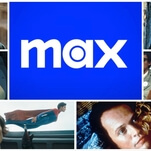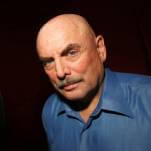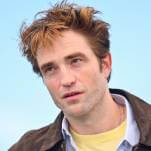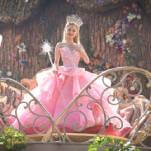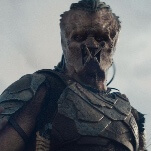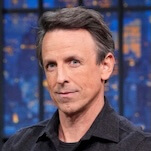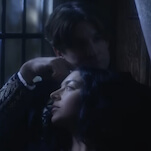Michael Connelly is one of modern pulp fiction’s most skilled, prolific authors, yet his books nearly always begin with the promise of something richer. Connelly writes with such passion and insight about the inefficiencies of American institutions like law enforcement, the courts, and journalism that a Connelly library consisting only of the first hundred pages or so of each of his novels would rival The Wire in its sociological depth and complexity. But the last hundred pages of a Connelly mystery are perpetually problematic. Reading a Connelly novel is an exercise in suspense, not just because of the looming crises for his heroes, but because it’s only a matter of time before keen character study gives way to over-amped chases and confrontations.
The Scarecrow holds out longer than most Connelly novels, and is arguably his best book since 2004’s The Narrows. The Scarecrow is another serial-killer thriller—a genre Connelly does especially well—and features the return of reporter Jack McEvoy, the hero of Connelly’s masterful novel The Poet. The story opens with McEvoy getting laid off from his job at The Los Angeles Times. Given two weeks to wrap up his assignments and train his crime-beat replacement, McEvoy decides to go out with a splash by writing one last meticulously researched, Pulitzer-worthy murder story. But the case he picks—involving a dead stripper and a teenage drug dealer—proves more sensational than McEvoy expects. The accused is innocent; the real culprit is a cyber-security expert who uses his access to Internet back doors and bypasses to hunt his victims. And as soon as he learns that McEvoy is on his trail, the killer—code-named “The Scarecrow”—hacks into the reporter’s accounts and starts toying with his life.
The Scarecrow alternates between McEvoy’s first-person perspective and The Scarecrow’s third-person perspective, a standard Connelly technique that slyly gives readers more information than the protagonist. The game of cat-and-mouse between the two men is nerve-racking, though it loses some zing once Connelly brings another of his recurring characters—heroic, misunderstood FBI agent Rachel Walling—into the story. Walling and McEvoy have a history, and introducing their romantic tension detracts from The Scarecrow’s “Please, God, don’t let him catch me” tension. And of course, predictably, the book’s endgame is less satisfying than it ought to be. But as usual, Connelly finds a compelling connection between his villain and the milieu he’s mapping out. It’s no coincidence that an old-school newspaperman like McEvoy—who relies on connections, leads, and interviews—would be stalked by a man who uses society’s naïveté about the Internet against it. The Scarecrow isn’t some tongue-clucking cautionary tale, but at the same time, Connelly’s detailed depiction of journalism under siege is as vivid and frightening as any murder plot.

